👋 Hey, Kyle here! Welcome to The Influential Project Manager, a weekly newsletter covering the essentials of successful project leadership.
Today’s Overview:
The Influential Project Manager was created with the goal of sharing information and best practices in order to develop more leaders and further the use of lean construction techniques to ultimately improve outcomes in design and construction projects.
As an industry professional who believes in the power of continuous learning, I highly recommend some resources that I have found to be particularly insightful and helpful over the years.
This selection of books comes recommended by leading figures in AEC industry, as well as Lean practitioners and researchers. The chosen works are centered around essential themes including leadership, team building, establishing a productive culture, and specific insights for Construction Management, Lean Construction, and Integrated Project Delivery.
Construction Management, Lean, & IPD: Books, Podcasts, & Information
Welcome to this comprehensive resource guide, designed to further your understanding and skills in Construction Management, Lean, Integrated Project Delivery, Leadership, Team Building, Culture, & Change Management. This guide is divided into two main sections:
Part One: Here, you'll find a curated list of impactful books, each with a summary, a selection of my favorite quotes, and a discussion of the most influential and actionable ideas they present.
Part Two: This section provides a collection of free websites, newsletters, and podcasts, all carefully selected to support your development in the same topics mentioned above.
Each resource has been chosen with the aim of offering valuable insights that can be applied directly to your professional life. Enjoy your exploration!
*Note: Purchasing books through these links helps to support The Influential Project Manager.
Part One: Books
1. Construction Management JumpStart: The Best First Step Toward a Career in Construction Management by Barbara Jackson
Construction Management JumpStart by Barbara Jackson is a go-to book for anyone wanting to understand the world of construction management. This was our textbook in my Construction Management 101 class at Colorado State University, and it's stuck with me ever since. It offers a simple, clear rundown of important concepts, methods, and practical tips every construction manager needs to know.
Favorite Quote:
"Construction is complex, and many factors influence the outcome of a construction project. The job of a construction manager is to take a set of written plans and specifications and a raw piece of land and then coordinate all of the materials, manpower, and equipment necessary to guarantee a set price, schedule, and quality of a the project - without any accidents or errors, regardless of weather conditions, interest rate fluctuations, acts of God, or any other unforeseen conditions. (Whew!)”
💡 Influential Ideas:
The key insight gained from this book are the detailed breakdowns of roles and responsibilities in construction management. It neatly explains who does what, where, how, and why. This involves everyone - the owner, architect, contractor, and engineers. It's a useful reference for understanding the industry landscape as you build your influential career in this field.
📚 Get your copy of Construction Management JumpStart here.
2. Construction Genius: Effective, Hands-on, Simple, No-BS Leadership, Strategy, Sales, & Marketing Advice for Construction Companies by Eric Anderton
In Construction Genius, Eric Anderton delivers practical, straightforward advice for construction companies, focusing on leadership, strategy, sales, and marketing. The book is a valuable resource for construction leaders aiming to build successful businesses and careers.
Favorite Quotes:
"Your responsibility is to build people so that they can build projects."
“A strong team is essential to your success. Building one requires time, investment, and empathy. In return, as your business grows, you’ll have dedicated and effective direct reports who continue to grow their skills and confidence.”
💡 Influential Ideas:
One key idea from the book is the E.A.R. framework, a useful leadership technique for regular communication with your team. E.A.R. stands for Encouragement, Accountability, and Recognition. Essentially, it means telling your team, "You can do it, did you do it, and you did it."
Encouragement: Empower your team by validating their capabilities and inspiring confidence.
Accountability: Ensure team members are aware of their roles and held responsible for their actions and outcomes. This is crucial in aligning individual actions with team objectives.
Recognition: When people do a good job, acknowledge it. Make your appreciation specific, personal, and consistent. For recognition to be meaningful and fair, it should be based on clear standards.
Using the E.A.R. framework, you can cultivate more great leaders within your team and help retain top talent. Construction Genius practical guide to establishing a positive, accountable, and rewarding work environment.
📚 Get your copy of Construction Genius here.
3. Lean Project Delivery: Building Championship Project Teams by David Umstot & Dan Fauchier
"Lean Project Delivery" demystifies the Lean Construction concepts and demonstrates how to integrate Lean methodologies into project delivery. The book explores how Lean techniques can revolutionize construction projects, making them more efficient, less wasteful, and more successful.
Favorite Quotes:
"Lean project delivery may be the only way we can meet our nation’s infrastructure needs. Through learning to see the waste, we can reduce it and do more with the scarce resources we have."
"At the heart of Lean project delivery is enhanced collaboration and integration of the project team, so that the team and owner both benefit from the collective knowledge of the entire team, not simply a subset."
💡 Influential Ideas:
“Lean Project Delivery," is packed full of amazing ideas and methods. Two worth mentioning here are Value Stream Mapping and Flow and Pull Planning.
Value Stream Mapping helps visualize the whole project process, identifying unnecessary steps or bottlenecks. This visual tool provides an effective means to create alignment and establish a strategic direction for making improvement. Above all, it gives you the ability to see value-added activities.
Flow and Pull Planning is a component of the Last Planner System that focuses on smooth workflow and timely task commencement. 'Flow' targets steady, interruption-free work, while 'Pull Planning' starts tasks when the next process is ready. Adopting these strategies can enhance efficiency and create more reliable schedules.
📚 Get your copy of Lean Project Delivery here.
4. Elevating Construction Superintendents: A Principle Based Leadership Guide Superintendents in Construction by Jason Schroeder
Construction superintendents play a crucial role in the building process. When trained properly, they can serve as leaders alongside project managers to ensure that each project they work on is successful. “Elevating Construction Superintendents” offers a roadmap for superintendents to lead more effectively and elevate their project management skills. It provides principles that are directly applicable in the field.
Favorite Quotes:
"A good superintendent understands that his role is not just to manage, but to lead."
"Design your environment to support the project or your environment will hinder you from running your project."
"To encourage discipline in others, you must first be disciplined yourself. To lead others, you must first lead yourself."
💡 Influential Ideas:
The key takeaway from this book is the emphasis on leadership as a crucial element of a superintendent's role. The book is filled with timeless principles and steps to take to lead your project to success. A few of my favorites were the importance of proactive action, influence over authority, running effective meetings, and personal organization. Jason’s insights provide a valuable resource for any construction manager looking to elevate their leadership and project management skills.
📚 Get your copy of Elevating Construction Superintendents here.
5. The Five Dysfunctions of a Team: A Leadership Fable by Patrick Lencioni
"The Five Dysfunctions of a Team" by Patrick Lencioni presents management lessons through an engaging fictional story. The tale centers around Kathryn Petersen's efforts to foster a productive team environment at the imaginary company, DecisionTech. Throughout the story, she confronts these issues, offering insights on how to overcome these common team obstacles.
Favorite Quotes:
“Trust is the foundation of real teamwork. And so the first dysfunction is a failure on the part of team members to understand and open up to one another. And if that sounds touchy-feely, let me explain, because there is nothing soft about it. It is an absolutely critical part of building a team. In fact, it’s probably the most critical.”
“Once we achieve clarity and buy-in, it is then that we have to hold each other accountable for what we sign up to do, for high standards of performance and behavior. And as simple as that sounds, most executives hate to do it, especially when it comes to a peer’s behavior, because they want to avoid interpersonal discomfort.”
"If you could get all the people in an organization rowing in the same direction, you could dominate any industry, in any market, against any competition, at any time."
💡 Influential Ideas:
The story attributes the team's failures to five key dysfunctions. The 5 Dysfunctions of a Team Model includes:
Absence of Trust
Fear of Conflict
Lack of Commitment
Avoidance of Accountability
Inattention to Results.
The book helped me realize the importance of establishing trust within a team, openly addressing conflicts, and focusing on collective results. Each dysfunction has a direct impact on a team's effectiveness and ultimately the success of the project. It has reinforced the idea that everyone on the team must have a clear understanding of their role and be accountable for their part.
📚 Get your copy of The Five Dysfunctions of a Team here.
6. Death by Meeting: A Leadership Fable About Solving the Most Painful Problem in Business by Patrick Lencioni
“Death by Meeting” is a witty and insightful exploration of one of the most challenging aspects of business life: the seemingly endless, unproductive meetings. Lencioni uses a fable to illuminate the reasons why meetings can often be inefficient and offers practical solutions for making them more engaging and productive. This books is a blueprint for leaders who want to eliminate waste and frustration among their teams and create environments of engagement and passion.
Favorite Quotes:
“When a group of intelligent people come together to talk about issues that matter, it is both natural and productive for disagreement to occur. Resolving those issues is what makes a meeting productive, engaging, even fun.”
“And so a leader of a meeting must make it a priority to seek out and uncover any important issues about which team members do not agree. And when team members don’t want to engage in those discussions, the leader must force them to do so. Even when it makes him or her temporarily unpopular.”
💡 Influential Ideas:
One powerful concept from this book is the idea of giving structure and context to meetings to make them efficient and productive. Like everything else in life, things fall apart when it doesn’t have any structure. To add structure to your meetings, identify the topics to be discussed, the approximate duration, and the objective of the meeting (inform, approve, or update). The book also offers the practical advice of categorizing meetings based on their duration and objective, a strategy that has paid off well for me. For managers, this book provides actionable advice on how to turn meetings into powerful tools for problem-solving, decision-making, and team-building.
📚 Get your copy of Death By Meeting here.
7. How Big Things Get Done: The Surprising Factors That Determine the Fate of Every Project by Bent Flyvbjerg & Dan Gardner
"How Big Things Get Done” is an impressive collaboration between renowned scholar Prof. Bent Flyvbjerg and expert writer Dan Gardner. Primarily aimed at project management professionals and individuals involved in large-scale projects, this book serves as a guide to navigating the complexities of managing ambitious projects. The book is rooted in the analysis of the world's largest database of big projects, from small home renovations, to Olympic stadiums, to huge space exploration projects. It uncovers the common pitfalls that lead to project failures and offers a set of effective philosophies and principles to generate predictable outcomes.
Favorite Quotes:
“In any big project - meaning a project that is considered big, complex, ambitious, and risky by those in charge - people think, make judgements and make decisions. And where there are thinking, judgement, and decisions, psychology is at play; for instance, in the guise of optimism.”
“Give a good idea to a mediocre team, and they will screw it up. Give a mediocre idea to a great team, and they will either fix it or come up with something better. If you get the team right, chances are they will get the ideas right.”
💡 Influential Ideas:
Two powerful ideas standout in this book that can be immediately applied to your projects:
The biggest risk in managing a project is often ourselves. Human psychology and behavioral biases come into play, particularly when stakes and complexity are high. It’s tempting to think that project’s fail because the world throws surprises at us: price and scope changes, accidents, weather, or new management. But this is shallow thinking. History shows that projects often fail because people succumb to biases or logical fallacies, choosing to disregard truths or follow flawed reasoning. The greatest threat you face isn't external; it lies within your own biases and thought patterns. This holds true for every one of us and for every project.
Think Slow, Act Fast. The overarching philosophy of all successful projects, "Think Slow, Act Fast" emphasizes the importance of careful planning and analysis before executing a project. Projects that fail typically follow the opposite philosophy, "Think Fast, Act Slow." Essentially if you “think fast” during the planning stage of your big project, you’ll be forced to “act slow” in the future while you deal with the challenges of a plan that doesn’t work.
📚 Get your copy of How Big Things Get Done here.
8. The Captain Class: A New Theory of Leadership by Sam Walker
Sam Walker offers an unconventional approach to understanding leadership in "The Captain Class". Through extensive research, he identifies the most dominant sports teams in history and attributes their success to the leadership of the team captain.
Favorite Quotes:
"Great leaders are willing to perform thankless tasks if it benefits the team."
"The most crucial ingredient in a team that achieves and sustains historic greatness is the character of the player who leads it."
“One of the great paradoxes of management is that the people who pursue leadership positions most ardently are often the wrong people for the job. They are motivated by the prestige the role conveys rather than a desire to promote the goals and values of the organization.”
💡 Influential Ideas:
The secret to winning is not what you think it is. It’s not the coach. It’s not the star. It’s not money. Its’ not a strategy. It’s something else entirely.
The key message in this book is that worlds best leaders are characterized by their selflessness, dedication, and the willingness to perform thankless tasks that benefit the team. The book argues that the winning streaks of top sports teams aren't attributed to the inflated egos of their star players, but rather to the strategic combination of an insightful coach and a selfless captain.
Enable your teammates to do their best work. If you want to become a team captain, fight the urge to stand in the limelight and receive all the attention. Resist the temptation to hog the spotlight. Being a captain is about backing your team and becoming a crucial part of their success story. This is how solid players become highly respected captains and lead their teams to victory.
For construction managers, every jobsite needs a captain. This book illustrates the vital role of a leader in nurturing team unity, encouraging cooperation, and ultimately, driving project success.
📚 Get your copy of The Captain Class here.
9. Team of Teams: New Rules of Engagement for a Complex World by Stanley McChrystal
In "Team of Teams", General Stanley McChrystal shares his experience transforming the US Army's Special Forces into a flexible, fast-reacting 'team of teams'. He provides valuable insights into fostering effective collaboration in large, complex organizations.
Favorite Quotes:
“How we organize physical space says a lot about how we think people behave; but how people behave is often a by-product of how we set up physical space.”
“Functioning safely in an interdependent environment requires that every team possess a holistic understanding of the interaction between all the moving parts. Everyone has to see the system in its entirety for the plan to work.”
"Leaders need to become gardeners. The gardener creates an environment in which the plants can flourish. The work done up front, and vigilant maintenance, allow the plants to grow individually, all at the same time.”
💡 Influential Ideas:
“Team of Teams” is about working together to find solutions.
Realizing that the traditional hierarchical command structures, dependent on rank, were no longer effective. Non-hierarchical systems are a necessity in today’s world. The key to its success lies in a shared purpose that all members can rally behind. Giving everyone visibility into decision making empowers them to understand how leaders operate and how they can make their own decisions.
To contend with complexity, everyone in the organization must see how everything works together. They have to understand the inter-dependencies and how the organization operates as a whole. When people understand these things, they make good decisions, quicker.
The lessons from this book are highly relevant to construction managers dealing with the complexity of large construction projects, emphasizing the importance of adaptability, resilience, and collaborative leadership.
📚 Get your copy of Team of Teams here.
10. It’s Your Ship: Management Techniques from the Best Damn Ship in the Navy by Michael Abrashoff
Captain D. Michael Abrashoff shares his experience of turning around one of the U.S. Navy's worst performing ships in "It's Your Ship". He illustrates that leadership is about empowerment, learning, and building a culture of mutual respect. This is a fascinating story of top-down change for anyone trying to navigate today's uncertain business seas.
Favorite Quotes:
“Treat every encounter as if it’s the most important thing happening at that moment, no matter what is on your own agenda.”
“Good news makes you feel good, but negative news helps you learn and helps your performance at your job.”
💡 Influential Ideas:
This book is a great story highlighting the power of effective leadership. Four key leadership principles that stood out are:
See the ship through the eyes of the crew: Inviting crew members' suggestions helped reduce tasks that added little value, boosting overall efficiency.
Communicating, again and again: Regular communication improved performance. In fact, due to his frequent updates, the crew nicknamed the author "Megaphone Mike."
Create discipline by focusing on purpose: The crew's discipline increased remarkably when they understood the importance of their work.
Listen aggressively: After learning that many sailors wanted to use the GI Bill, Abrashoff brought a test official aboard the ship-and held the SATs forty miles off the Iraqi coast. When you truly listen and act upon their suggestions, your team feels validated and important – like they matter. As a leader, you can uplift your team profoundly by simply asking questions and listening deeply.
In construction management, much like on a ship, the leader's role in guiding the team and creating a supportive work culture makes all the difference.
📚 Get your copy of It’s Your Ship here.
11. The Lean Builder: A Builder’s Guide to Applying Lean Tools in the Field by Joe Donarumo & Keyan Zandy
“The Lean Builder” offers practical guidance for using lean principles in construction. Authored by industry veterans, the book provides real-life examples and tips on applying lean tools to streamline processes and improve project outcomes. Emphasizing the Last Planner System, constraint management, and visual management, it provides a straightforward guide for enhancing efficiency, productivity, and respect on construction projects.
Favorite Quotes:
“Lean is not about working harder; it's about working smarter."
"The Last Planner System is a pull-based approach to project management that emphasizes collaboration, commitment, and continuous improvement."
"When it comes to lean construction, it is essential to have a mindset of always seeking better ways to do things."
💡 Influential Ideas:
One of the most influential parts of 'The Lean Builder' is its focus on the Last Planner System. I often say LPS is they key to making project execution your unfair career advantage. When you effectively execute the Last Planner System (LPS), your projects will enjoy numerous benefits such as improved coordination, increased support from trade partners, and a more reliable schedule.
Projects are started with high-level milestones, then phase pull plans are created as the work proceeds. Look-ahead planning, weekly work planning, and learning (measured through percent plan complete and variances) are implemented to manage the weekly work of the team. This results in reliable and efficient project schedules.
This powerful project management tool has been instrumental in optimizing my project outcomes and increasing client satisfaction.
📚 Get your copy of The Lean Builder here.
12. Getting The Right Things Done: A Leader’s Guide to Planning & Executing by Pascal Dennis & Jim Womack
"Getting The Right Things Done" presents a clear roadmap for planning and executing strategies. Dennis and Womack illustrate how lean thinking can streamline processes, eliminate waste, and ultimately, get the right things done.
Favorite Quotes:
"It's not enough to be busy, the question is: What are we busy about?"
"Leadership is about painting a compelling picture of the future and facilitating the means to get there."
"Lean is about respect for people and continuous improvement."
💡 Influential Ideas:
The book highlights that successful execution begins with a solid strategy. It introduces a method known as “strategy deployment,” used by Toyota to integrate lean concepts into their operations, becoming a production powerhouse. Strategy deployment involves the leader painting a clear and compelling vision, setting the direction, and facilitating the team's journey to that goal. This is a handy guide for construction managers who want to enhance their project execution skills using lean principles.
📚 Get your copy of Getting the Right Things Done here.
13. The Toyota Way: 14 Management Principles From The World’s Greatest Manufacturer by Jeffrey Liker
In "The Toyota Way", Jeffrey Liker shares 14 management principles that are at the heart of Toyota's organizational culture and production system. The book provides a deep dive into Toyota's philosophy, its people, and problem-solving methods, as well as the unique way it develops leaders.
Favorite Quotes:
"The key to the Toyota Way and what makes Toyota stand out is not any of the individual elements - but what is important is having all the elements together as a system. It must be practiced every day in a very consistent manner, not in spurts."
"Make your workplace into a showcase that can be understood by everyone at a glance. In terms of quality, it means to make the defects immediately apparent. In terms of quantity, it means that progress or delay measured against the plan, is made immediately apparent. When this is done, problems can be discovered immediately, and everyone can initiate improvement plans."
💡 Influential Ideas:
The most influential ideas I found in this book were the principles of:
Go and see for yourself to thoroughly understand the situation. By getting out into the field and observing processes firsthand, managers can gain a deeper understanding of their organization’s strengths, weaknesses, and opportunities for improvement.
Continuous Improvement (Kaizen): Above all, Toyota emphasizes the importance of constantly reflecting on past performance, identifying areas for improvement, and taking action to continuously improve processes and products.
Respect for people: Respect your extended network of partners and suppliers by challenging them and helping them improve. Toyota recognizes that its success is closely tied to the success of its partners and suppliers and works closely with them to ensure mutual benefit and continuous improvement.
📚 Get your copy of The Toyota Way here.
14. This is Lean: Resolving the Efficiency Paradox by Niklas Modig & Par Ahlstrom
"This is Lean" unravels the concept of lean production, debunking common misconceptions and highlighting its impact on efficiency and quality. The authors offer insights into how lean thinking can transform an organization by maximizing value and minimizing waste.
Favorite Quotes:
"Lean is not about doing more with less, it's about doing more with more - more value with less waste, effort, and time."
"Efficiency is achieved not by focusing on efficiency but by focusing on flow."
"To truly improve, we must understand what 'better' really means to the customer."
💡 Influential Ideas:
The book simplifies the understanding of lean thinking and its power to bring change. Two key ideas stood out to me - the Efficiency Paradox and the Iterative Approach.
The Efficiency Paradox refers to the idea that focusing too much on the efficiency of individual parts or processes within a system can often lead to a decrease in the efficiency of the overall system. So, when improving your project, it's important to think about the big picture.
The Iterative Approach emphasizes small, continuous improvements. Gradual changes to your construction processes can be more effective and face less resistance than abrupt, big changes. This can lead to more sustainable improvements and less resistance from the team.
📚 Get your copy of This is Lean here.
15. The Goal: A Process of Ongoing Improvement by Eliyahu M. Goldratt & Jeff Cox
"The Goal" by Eliyahu M. Goldratt & Jeff Cox presents a revolutionary theory of constraints through a gripping narrative. The book introduces the concept that every system has one constraint limiting its output, and the key to improvement lies in identifying and addressing that constraint. Reading this book will show you how to implement an effective and efficient process of ongoing improvement. His system is applicable to life and business.
Favorite Quotes:
"Every action that brings a company closer to its goal is productive."
"Tell me how you measure me, and I will tell you how I will behave."
“Whenever we think we have final answers, progress, science, and understanding of our world ceases.”
“Making an employee work and profiting from that work are two different things.”
💡 Influential Ideas:
The key message of this book is the importance of goal orientation and continuous alignment of processes to achieve that goal - a fundamental aspect of lean construction. It advocates simplifying your challenge until you can clearly see your organization's primary objective. With that goal clear in mind, the next step is to identify system constraints (i.e. bottlenecks) and work on improving the output from these constraints. There's no need to worry about the productivity of all related processes. This idea of targeting 'bottlenecks' to enhance overall efficiency is a potent lesson that is directly applicable to construction project management.
📚 Get your copy of The Goal here.
16. Value Stream Mapping: How to Visualize Work & Align Leadership for Organizational Transformation by Karen Martin & Mike Osterling
Martin and Osterling's book provides a step-by-step guide to value stream mapping, a lean-management tool for visualizing and improving processes. They provide practical advice on how to engage team members in mapping and continuous improvement efforts.
Favorite Quotes:
"Seeing the whole is the first step toward improving the whole."
"Transparency, once embraced, leads to greater organizational clarity, speed, and performance."
"Effective leadership involves aligning the organization around a shared vision."
💡 Influential Ideas:
The book covers the importance of visibility in identifying areas of waste and inefficiency. Every process has waste, and identifying it is the first step towards its elimination. Start a waste detection initiative on your construction project, where you scrutinize each process to identify areas where resources are being wasted, whether it's time, materials, or manpower. Leaders then need to be aligned and actively involved in the process of change.
📚 Get your copy of Value Stream Mapping here.
17. Integrated Project Delivery: An Action Guide for Leaders
"Integrated Project Delivery: An Action Guide for Leaders" by the core group of authors (James Pease, Markku Allison, Sue Klawans, Renee Cheng, & Howard Ashcraft) is a practical guide for construction industry leaders looking to implement the Integrated Project Delivery (IPD) method in their projects. The book provides insights, tools, and best practices for creating a collaborative environment where all stakeholders work together towards a shared goal. This action guide helps leaders understand the principles of IPD, the benefits it offers, and how to execute it effectively in their projects.
Favorite Quotes:
"Integrated Project Delivery is not just a process or a set of tools; it's a mindset shift that requires a deep understanding and commitment to collaboration from all parties involved in a project."
"Success in Integrated Project Delivery is achieved by focusing on shared goals, open communication, and a willingness to challenge the status quo in pursuit of a better way to deliver construction projects."
💡 Influential Ideas:
Shared Risks and Rewards: The book introduces the idea of shared risks and rewards. Rather than placing the risk burden on one party, IPD suggests sharing it amongst all key project members. The same goes for rewards, which are distributed based on the project's overall success, encouraging a sense of collective ownership and motivation.
Lean Processes: The book stresses the importance of applying lean principles and processes to construction projects. Unlike traditional processes for communication and accountability that contain inherent waste, lean processes help project teams level workloads and reduce waste. Implementing lean processes in IPD can help to further enhance efficiency, improve project delivery times, and ultimately contribute to a more successful project outcome.
📚 Get your copy of Integrated Project Delivery here.
Part Two: Lean & Construction Focused Podcasts & Websites
As an industry professional who believes in the power of continuous learning, I highly recommend some resources that I have found to be particularly insightful and helpful over the years. These websites provide a wealth of information, expertise, and innovative insights specific to Lean practices and construction.
Consider bookmarking these sites as your go-to resources for Lean-focused and construction related content. If you have other similar resources that you find helpful and think I should explore, please don't hesitate to mention them in the comments!
🎧 Podcasts:
The CM Mentors Podcast with Matt Graves & Kyle Grandell
Construction Genius Podcast with Eric Anderton
The Laying Foundations Podcast with Davis Hambrick & Walker Lott
Bricks & Bytes Podcast with Martin Piekarz & Owen Drury
The Easier, Better, for Construction Show (EBFC) with Felipe Engineer Manriquez
The Lean Builder Podcast - Hoots on the Ground with Adam Hoots
Construction Brothers Podcast with Eddie & Tyler Campbell
🌐 Websites & Newsletters:
Lean Construction Institute: A comprehensive resource on lean construction, offering educational content, research, and networking opportunities to promote lean adoption in the construction industry.
LeanIPD: A platform dedicated to the principles of Integrated Project Delivery (IPD), providing resources, case studies, and tools for teams seeking to implement lean IPD practices.
Lean Construction Blog: This blog serves as a knowledge-sharing platform, offering articles, insights, and case studies on lean construction methods from industry experts worldwide.
The Lean Builder Blog: An informative blog that provides practical tips, strategies, and insights for construction professionals looking to apply lean tools and principles in the field.
Lean Design & Construction Blog: This blog delivers a rich collection of articles focused on lean principles in design and construction.
Construction Curiosities Newsletter by
: A unique newsletter featuring intriguing stories, trends, and information to make you better, more informed Construction Professional.Real Life Lean Newsletter by Tim Hoh: A weekly newsletter curating real-world examples, advice, and success stories of lean implementation.
Until next week,
Kyle Nitchen

Before you go, here’s how I can help:
Upgrade your PM software. Project financials, management, and construction admin. Switch to INGENIOUS.BUILD to evolve from an administrative project manager to strategic project leader.
Get my full toolbox (free). It contains 30+ software and hardware tools I’m using today.
Hold your schedule accountable. Gain stability and flow in your projects with this Takt Planning & Control online course. Use code “Influentialpmtakt” for 30% off!
Advertise in this newsletter. Put your brand in front of 2,700+ construction project managers, leaders, and execs. (Booked out 5 weeks)
Support this Newsletter. The Influential Project Manager articles will remain free, but if you find this work valuable, I encourage you to become a paid subscriber. As a paid subscriber, you’ll help support this work.





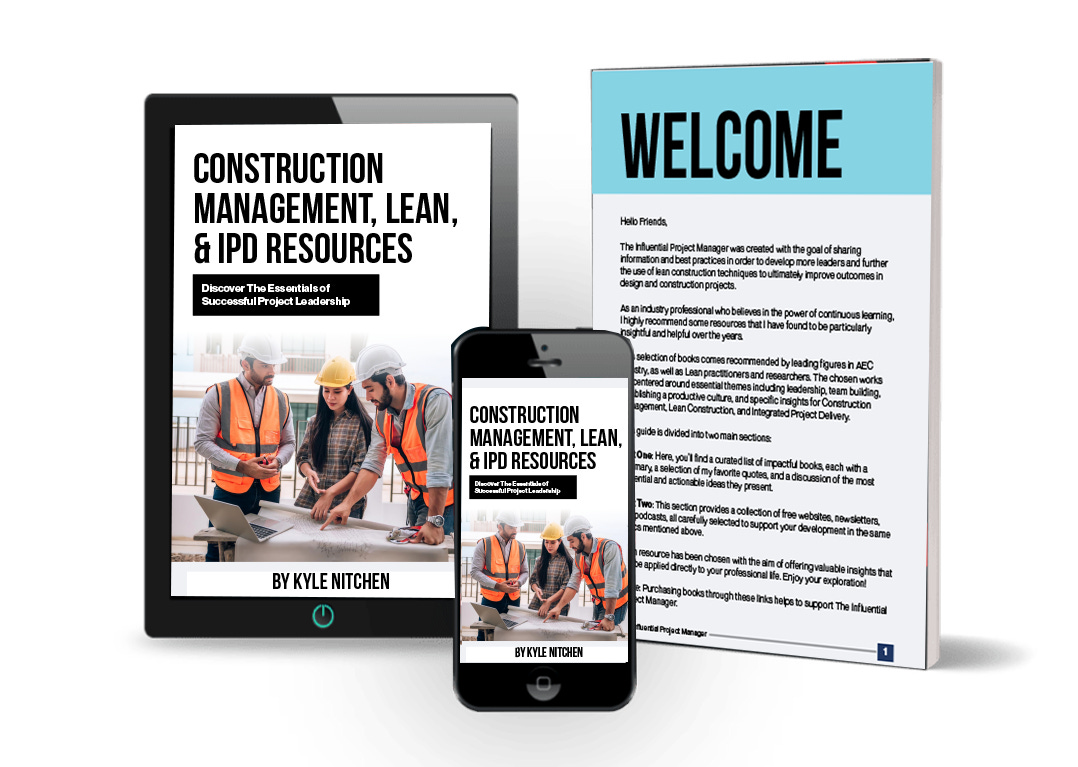
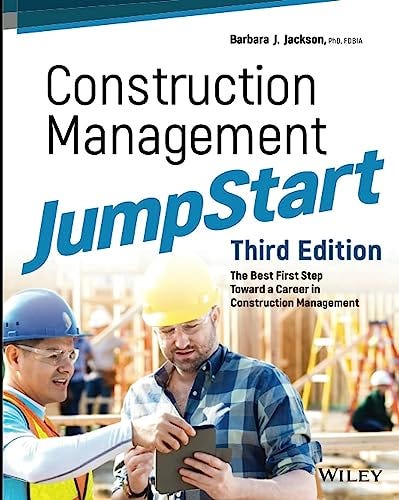

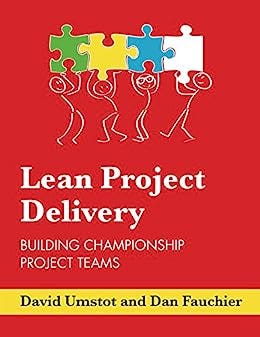

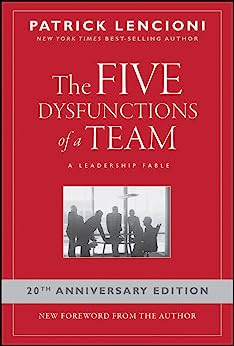

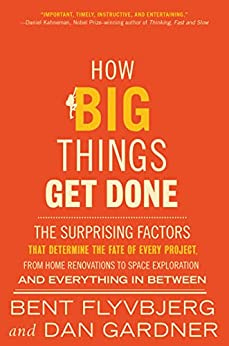
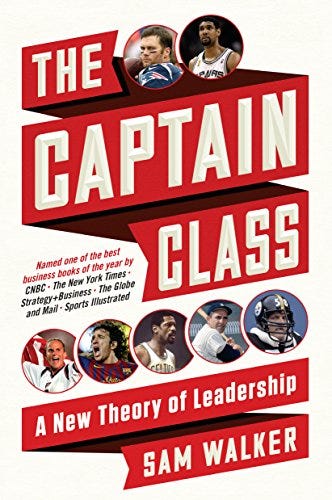
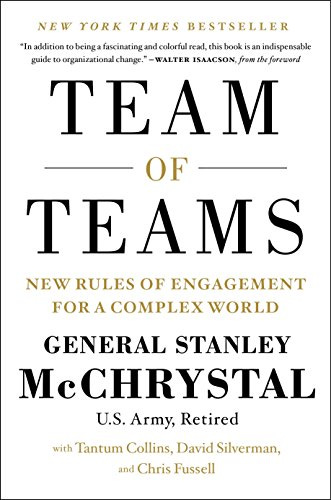

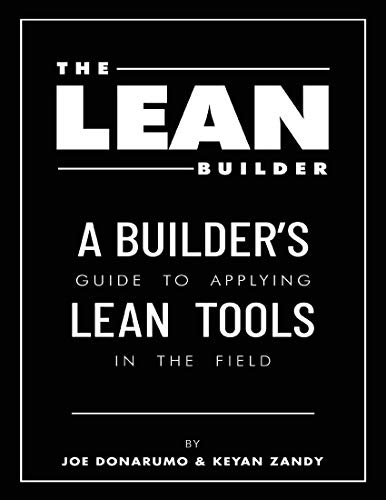
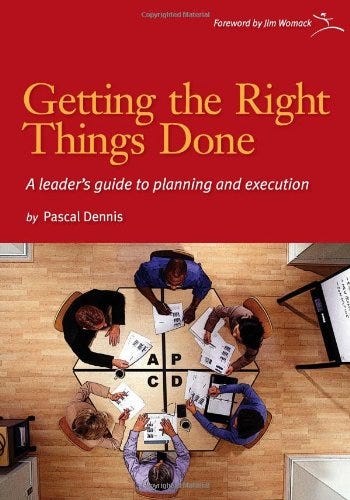

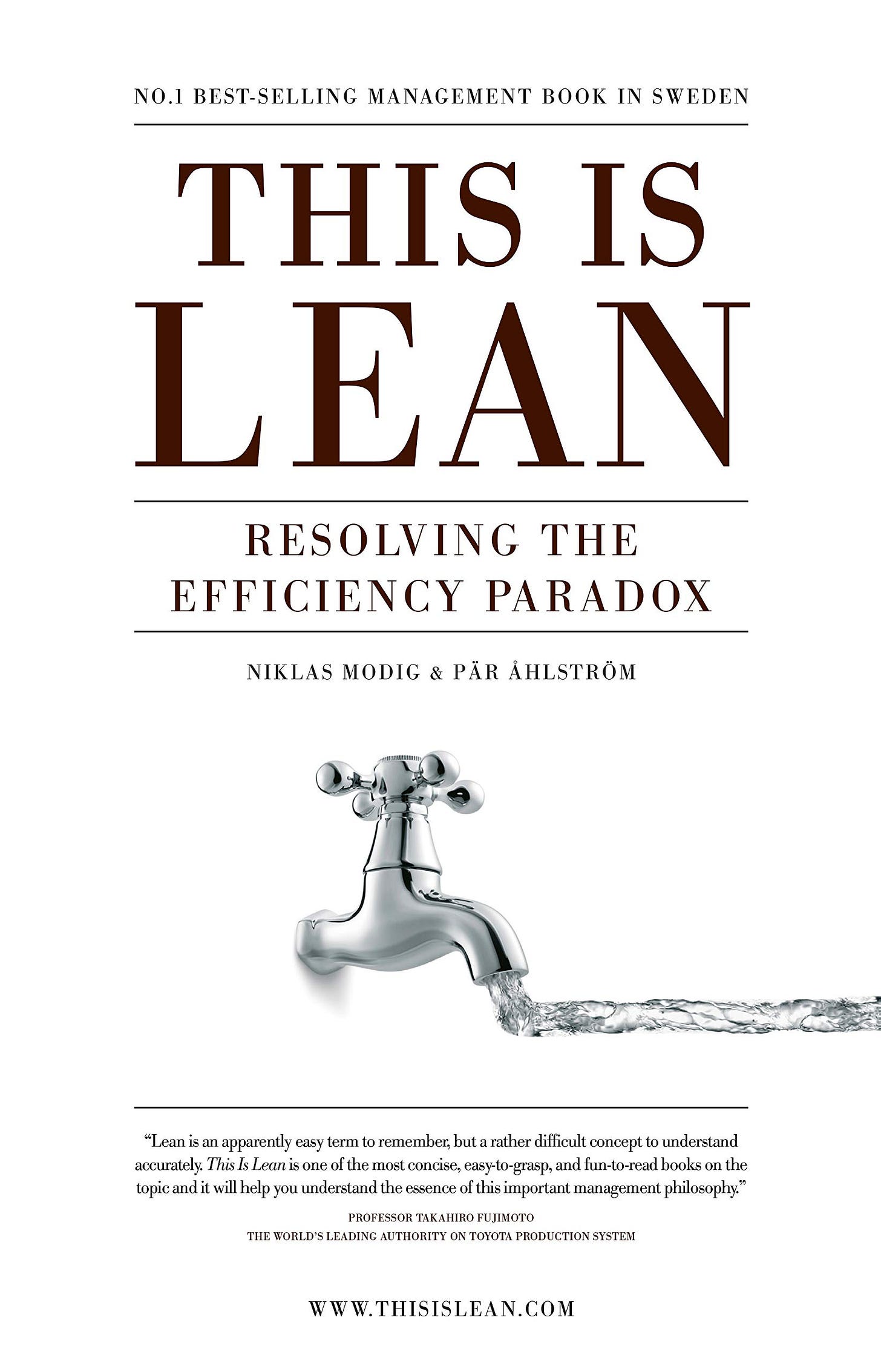
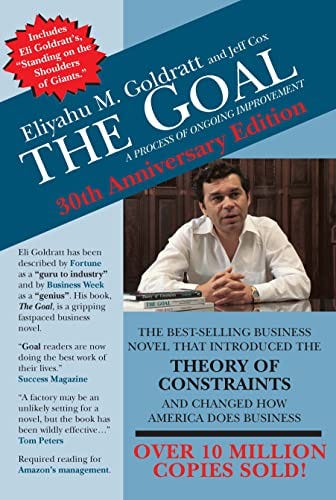
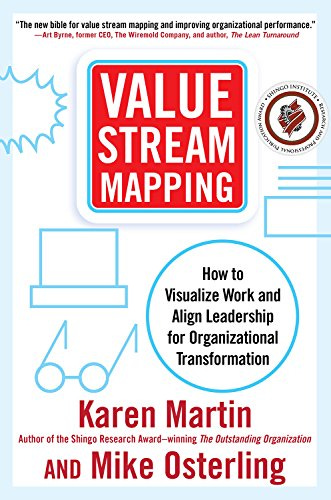
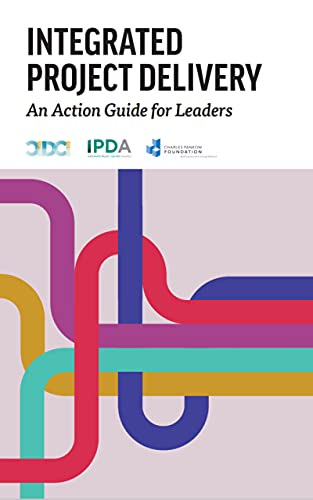

This book list is AMAZING! Thank you!